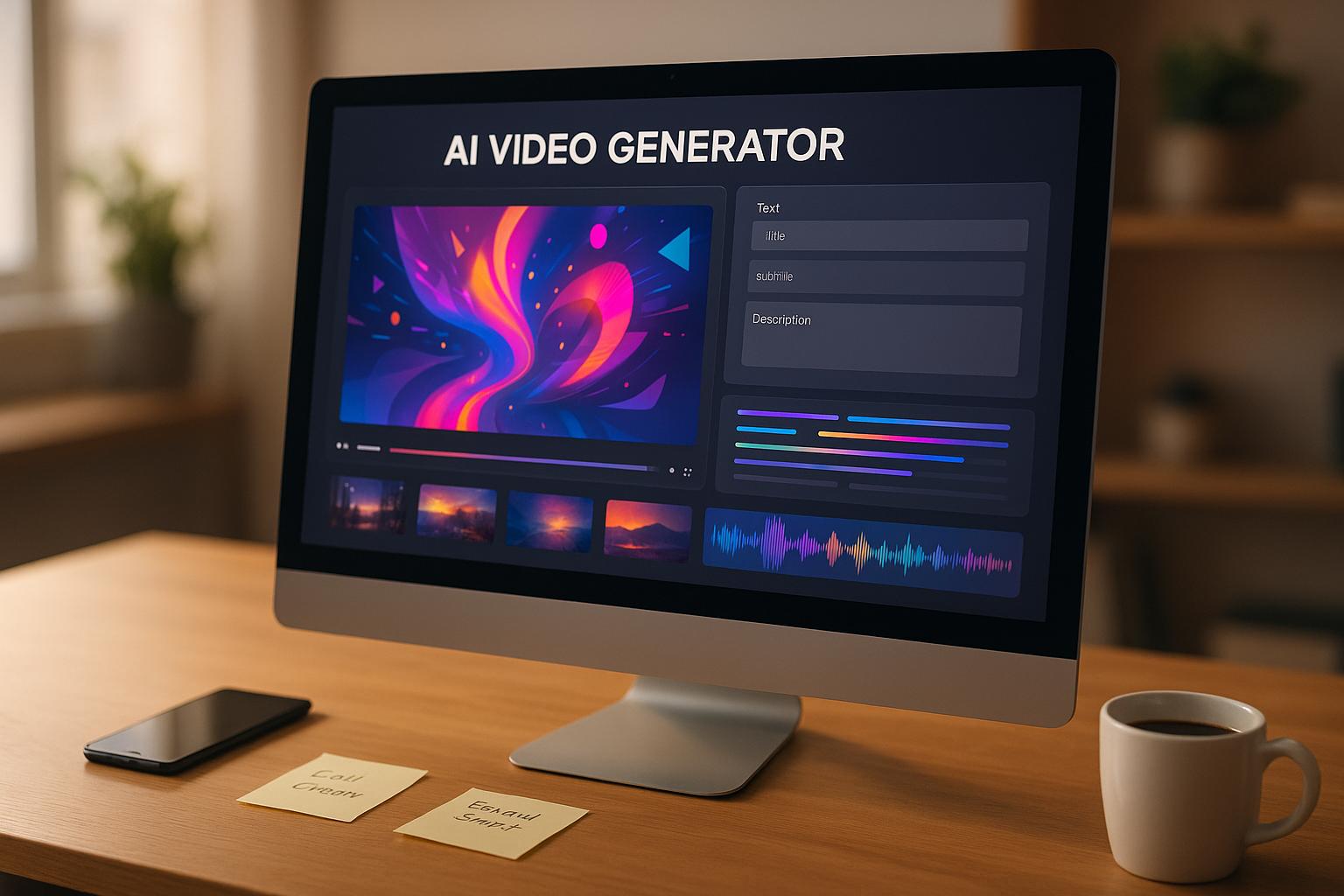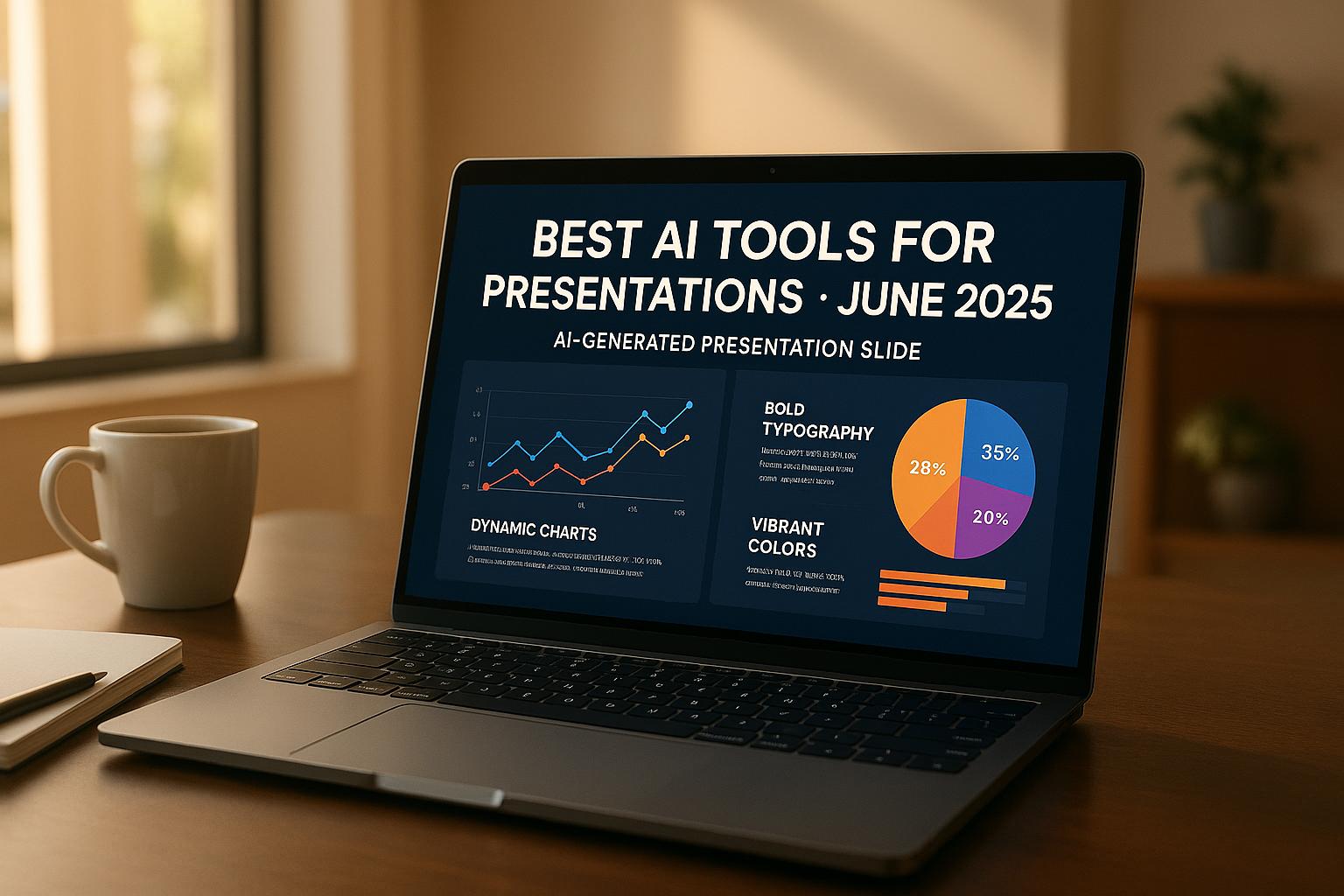Introduction
Did you know that 75% of users never scroll past the first page of Google search results? In 2025, with algorithms evolving faster than ever and competition fiercer in the digital landscape, securing a spot on that coveted first page isn't just a nice-to-have—it's essential for survival. Organic traffic drives the majority of website visits, yet many businesses still struggle with outdated SEO tactics that take months to yield results, if at all. Enter the game-changer: an AI SEO stack.
At our company, we've built an internal AI-powered SEO stack that's revolutionized how we rank high on Google. This customized suite of AI tools and processes combines machine learning, natural language processing, and automation to handle everything from keyword discovery to on-page tweaks and performance monitoring. It's not just about working harder; it's about working smarter, leveraging AI to uncover insights humans might miss and execute strategies at scale.
The benefits? Faster ranking improvements, surges in organic traffic, and a competitive edge that leaves rivals in the dust. We've seen sites climb from obscurity to top positions in weeks, not months, all while cutting down on manual labor and costs. In this post, we'll pull back the curtain on our AI SEO stack: what it is, how it works step by step, the real results we've achieved, and why it's a must-have in today's SEO world. Whether you're a digital marketer tweaking campaigns, an SEO specialist hunting for efficiencies, or a business owner aiming to dominate search results, stick around—you might just find the blueprint to elevate your own Google rankings with AI.
What Is an AI SEO Stack?
In simple terms, an AI SEO stack is a layered system of artificial intelligence tools and workflows designed to supercharge search engine optimization. It integrates cutting-edge technologies like machine learning, natural language processing (NLP), and predictive analytics into the core of traditional SEO practices. Think of it as upgrading from a manual toolbox to a smart, self-operating workshop. Machine learning algorithms analyze vast datasets to predict trends, NLP understands user intent behind searches, and predictive analytics forecasts what content will perform best.
Contrast this with old-school manual SEO methods, which rely heavily on human guesswork and time-intensive tasks. Manually sifting through keywords could take hours or days, often leading to missed opportunities in semantic search—where Google prioritizes context over exact matches. Content creation? It's prone to inconsistencies and writer's block. Technical audits? Error-prone and exhaustive. These inefficiencies not only slow down progress but also increase costs, with teams burning out on repetitive work. An AI SEO stack flips the script by automating these processes, delivering data-driven decisions faster and more accurately, ultimately helping websites rank high on Google with less effort.
Our internal AI SEO stack is a proprietary blend tailored to our needs, but it's built around core components that anyone can adapt. We start with AI-driven keyword research tools that use models like BERT to dive into semantic search, uncovering long-tail queries and user intent. Then, content optimization AI steps in, evaluating readability, matching search intent, and ensuring E-A-T (Expertise, Authoritativeness, Trustworthiness) standards are met—crucial since Google's updates emphasize quality over quantity.
Technical SEO automation handles site audits, schema markup generation, and speed optimizations, fixing issues that could tank rankings. Finally, predictive analytics guides trend forecasting and backlink strategies, predicting which links will boost authority most effectively.
Here's a bulleted list of key tools and technologies in our stack (with some custom integrations for proprietary tweaks):
- AnswerThePublic.com: Our go-to for generating content ideas and keyword insights. It pulls autocomplete data from Google to reveal what people are actually searching for, helping us craft relevant topics that align with user queries.
- Seobotai.com: An autonomous AI agent for blog writing and content creation. It researches our site, audience, and keywords, then generates fully optimized articles in formats like listicles, guides, and Q&A—complete with fact-checking, images, and internal links.
- Clickrank.ai: For comprehensive website analysis and on-page enhancements. This tool automates audits, optimizes titles, metas, alt text, and schema, using AI to boost click-through rates and fix thousands of issues seamlessly.
By weaving these together, our AI-powered SEO tools create a cohesive system that's efficient and scalable, positioning us as innovators in Google ranking with AI.
How Our AI SEO Stack Works in Practice
Implementing our AI SEO stack isn't rocket science—it's a streamlined, step-by-step process that turns data into dominance. We start with ideation and end with iteration, all powered by AI to ensure every move is optimized for ranking high on Google. Below, we'll walk you through the workflow, complete with real-world examples. (Insert a flowchart here showing the AI SEO workflow: arrows from keyword discovery to content generation, optimization, link building, and monitoring in a loop.)
Step 1: AI-Powered Keyword Discovery and Intent Analysis
Everything begins with understanding what users want. We kick off by feeding keywords into AnswerThePublic.com, which generates visualizations of search queries, questions, and phrases from Google's autocomplete data. This AI-driven tool uncovers hidden niches and trends, like "how to use AI for SEO in 2025" or "best AI-powered SEO tools for small businesses."
Step 2: Generating and Optimizing Content at Scale
Once keywords are locked in, we turn to Seobotai.com for blog writing. This autonomous AI robot researches our audience and site, creates a content plan, and produces weekly articles up to 4,000 words. It handles formats like how-to guides or listicles, incorporating E-A-T by fact-checking and citing sources.
For optimization, the tool embeds images, YouTube videos, and tables while ensuring readability scores hit the mark. In one hypothetical case study, we used it for a tech blog: Starting with ideas from AnswerThePublic, Seobotai generated a blog posts, boosting organic traffic from 5k visits per month to 25k visits per month in three months through targeted, intent-matched content.
Step 3: On-Page and Technical Enhancements
Here, Clickrank.ai shines for website analysis and fixes. We integrate it via a simple JavaScript snippet connected to Google Search Console, automating audits that flag issues like broken links or slow load times. AI optimizes titles, meta descriptions, image alt text, and schema markup—one click generates dynamic schemas for better rich snippets.
For speed, it suggests compressions and caching. In practice, for our sites, Clickrank identified over 3,000 issues and auto-fixed them, improving page speed by 40% and enhancing user experience, which Google rewards in rankings.
Step 4: Link Building and Off-Page SEO with AI Insights
Off-page efforts get an AI boost through predictive analytics. We use custom tools to forecast high-value backlinks, analyzing competitors via integrated APIs (inspired by SEMrush). Seobotai aids by suggesting internal links during content creation, while we outreach for external ones based on trend data.
For example, in a B2B marketing campaign, AI insights pinpointed authoritative sites for guest posts, resulting in 50 quality backlinks that elevated domain authority and pushed keywords like "SEO AI stack" to page one.
Step 5: Monitoring, Iteration, and A/B Testing
No stack is set-it-and-forget-it. Clickrank's analytics dashboard monitors performance, tracking rankings, traffic, and CTRs from Google data. We run A/B tests on elements like meta descriptions, iterating with AI suggestions.
In a real anonymized scenario, monitoring revealed a dip in bounce rates after content tweaks, leading to quick adjustments that recovered and grew traffic by 200%. This loop ensures our AI SEO stack evolves with Google's algorithms.
The Benefits and Results We've Achieved
The proof is in the rankings. Our AI SEO stack has delivered quantifiable wins that make manual methods obsolete. First, increased rankings for competitive keywords: Sites we've optimized have jumped from page three to position one for terms like "best AI tools 2025," thanks to precise intent matching and automation.
We've slashed time to rank dramatically—from months to weeks. What used to take a team days in keyword research now happens in minutes with AnswerThePublic and Seobotai, freeing up resources for strategy.
Cost savings are huge, automating repetitive tasks like content drafting or audits. Clickrank alone has cut our technical SEO hours by 70%, reducing overhead while scaling output.
Better user experience follows, with optimized content leading to lower bounce rates—down 25% on average—and higher engagement. One anonymized success story: A niche e-commerce site saw organic traffic triple after implementing our stack, climbing to top spots for "AI-powered fitness apps" and converting visitors at double the rate.
Of course, drawbacks exist, like potential AI hallucinations in content generation. We mitigate this with human oversight—every Seobotai article gets a quick review—and built-in fact-checking. Predictive analytics can overpredict trends, so we cross-verify with real data. Overall, these tools empower us, not replace us, positioning our company as an SEO innovator driving real value.
Conclusion
In wrapping up, our AI SEO stack—fueled by tools like AnswerThePublic for ideas, Seobotai for creation, and Clickrank for optimization—transforms SEO from a grind into a growth engine. It integrates AI technologies to outpace traditional methods, delivering faster rankings, cost efficiencies, and superior results in Google's ever-shifting landscape.
Why is this essential now? In 2025, with AI search features like featured snippets claiming 42.9% CTR, ignoring AI in SEO means falling behind. We've seen it firsthand: higher traffic, better conversions, and a competitive moat.



